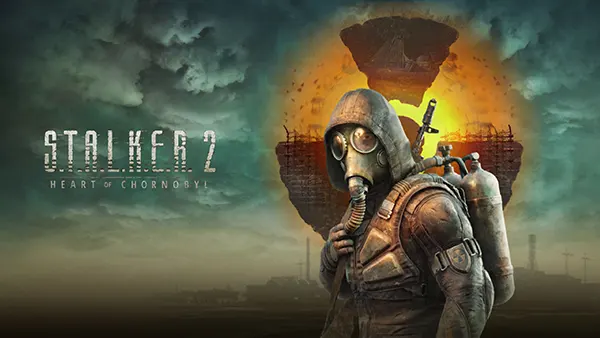
Philosophy and Combat Mechanics in ‘S.T.A.L.K.E.R. 2: Heart of Chornobyl’: More Than Just a Shooter
‘S.T.A.L.K.E.R. 2: Heart of Chornobyl’, scheduled for release in September 2024, promises to be one of the most impactful games of the decade. Developed by GSC Game World, this entry pushes beyond the classic shooter format, integrating philosophical themes, emergent gameplay, and nuanced combat realism. Unlike conventional action titles, it offers players a thought-provoking journey through the Zone — not just a battlefield but a dynamic ecosystem that reacts to every decision made by the protagonist. This depth is what sets the game apart.
The Evolving Philosophy of the Zone
One of the most compelling aspects of ‘Heart of Chornobyl’ lies in its reflection on human nature, survival, and moral ambiguity. The Zone is not merely a setting but a mirror to the character’s psyche, constantly challenging players to question their motivations and choices. The storyline immerses the player in a narrative where right and wrong are shades of grey, blurring the line between heroism and pragmatism.
Building on the philosophical framework of the original trilogy, this new instalment enhances narrative immersion. Dialogue choices are no longer binary; they influence faction relationships, personal reputation, and long-term survival chances. Each action ripples through the Zone, causing unpredictable consequences that reflect the game’s core theme: every decision carries weight.
This philosophical depth positions the game as a hybrid between interactive storytelling and survival FPS. Players must navigate both internal and external conflicts, where enemies are not just mutants and bandits, but ethical dilemmas and the Zone’s enigmatic anomalies. It becomes not only a physical battle but an existential one.
Comparisons with the Original Trilogy
Compared to ‘Shadow of Chernobyl’, ‘Clear Sky’, and ‘Call of Pripyat’, the new entry expands its philosophical vision. While the original games hinted at psychological introspection, ‘Heart of Chornobyl’ actively engages with it, offering dialogues and outcomes that are shaped by character development rather than plot convenience.
The original trilogy’s linearity is replaced with a branching narrative that invites multiple playthroughs. GSC’s implementation of Unreal Engine 5 allows for dynamic environments that respond to player presence, enhancing immersion and reinforcing the idea that the Zone is alive. This is a significant evolution from the scripted nature of previous games.
Moreover, NPCs and enemies now operate on complex AI routines, mimicking realistic human behaviour. This layer of unpredictability mirrors the chaotic and philosophical uncertainty the game seeks to portray — a stark departure from scripted AI behaviour of the past.
Advanced Combat Mechanics and Realism
‘Heart of Chornobyl’ introduces revamped combat mechanics that aim to simulate authentic conflict scenarios. Ballistic physics are tuned to reflect real-world weapon behaviour — bullet drop, ricochet, and weapon jamming are now core aspects of gameplay. This not only raises the difficulty bar but forces players to prepare and think tactically before engagements.
Weapon customisation is more detailed than ever, allowing for deep configuration of scopes, barrels, stocks, and magazines. Crafting plays a central role, with scavenged parts influencing reliability and performance. Combat becomes a resource management challenge, demanding precision, planning, and adaptability under pressure.
Stealth mechanics are also significantly improved. Players must consider light exposure, noise levels, and environmental cues. AI opponents respond to sound, visual detection, and even past behaviours. This results in organic encounters that feel emergent rather than pre-programmed — an approach that aligns seamlessly with the game’s overarching realism philosophy.
Tested on Next-Gen Hardware
During early February 2025 tests, the game showed exceptional performance across next-gen GPUs. On RTX 4080 and Radeon RX 7900 XTX cards, the game maintained over 60 FPS on Ultra settings at 1440p with ray tracing enabled. DLSS 3.0 and FSR 3.1 offered smoother gameplay for those seeking performance without compromising visuals.
Sound design was optimised for immersive setups, especially on gaming chairs equipped with built-in subwoofers. Explosions, gunfire, and ambient noise delivered visceral feedback through tactile vibrations, making combat more intense and realistic. This synergy between visual and haptic feedback enhances player immersion.
Furthermore, the game supports variable refresh rate monitors and ultrawide resolutions. This ensures a seamless experience for players with high-end setups, reinforcing the title’s technical ambition to stand among the most advanced shooters of the year.
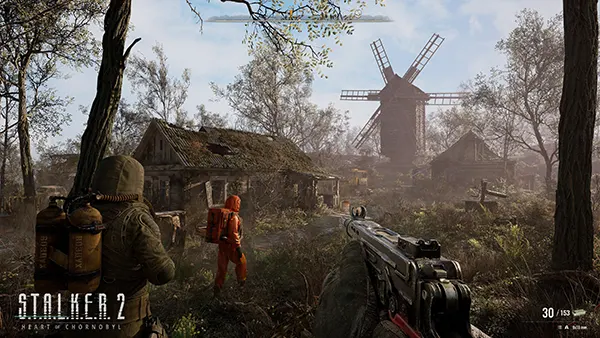
The Zone as a Living Ecosystem
The game world is no longer a static map filled with predictable enemies. Instead, ‘Heart of Chornobyl’ presents a reactive ecosystem driven by the A-Life 2.0 simulation system. Every creature, NPC, and faction follows its own goals, creating spontaneous interactions that change with every playthrough. The Zone feels organic, dangerous, and deeply interconnected.
Dynamic weather and day-night cycles are not just cosmetic — they affect visibility, enemy patterns, and anomaly behaviours. Night exploration brings unique challenges: mutant aggressiveness increases, and visibility drops significantly. In contrast, daytime offers more opportunities for exploration but also exposes the player to faction patrols and environmental hazards.
This complexity demands strategic thinking. Players must plan expeditions, balance risk and reward, and adapt to ever-shifting threats. Survival is no longer a matter of firepower but of foresight and adaptability. This systemic depth ensures that no two journeys through the Zone are alike.
Technical Innovation Behind the Environment
Utilising Unreal Engine 5’s Nanite and Lumen systems, the game achieves photorealistic landscapes and lighting. The abandoned towns, decaying bunkers, and irradiated forests are rendered with astonishing fidelity. Texture detail and environmental clutter enhance immersion and storytelling without the need for exposition.
The new weather system uses volumetric clouds and dynamic global illumination. Storms alter visibility and NPC behaviour, introducing both tactical challenges and atmospheric tension. Lighting conditions shift naturally, simulating the eerie beauty of the Zone with frightening authenticity.
In February 2025 updates, developers confirmed optimisation patches targeting CPU usage and memory allocation, improving performance on mid-range systems. This shows GSC’s dedication to technical polish and user experience across diverse configurations, a crucial factor in its accessibility and longevity.
Popular articles
-
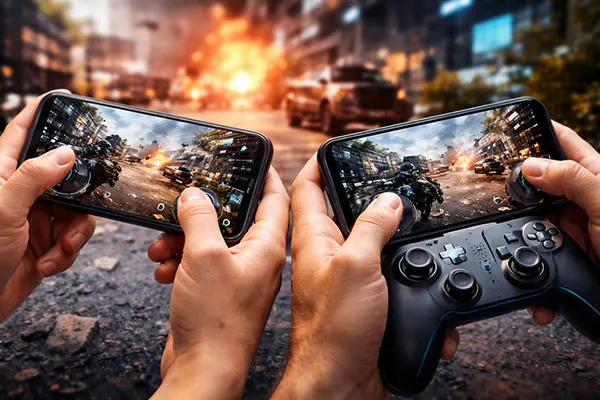 Touchscreens and Gesture Control in Mobile...
Touchscreens and Gesture Control in Mobile...Mobile gaming has changed fundamentally over the …
-
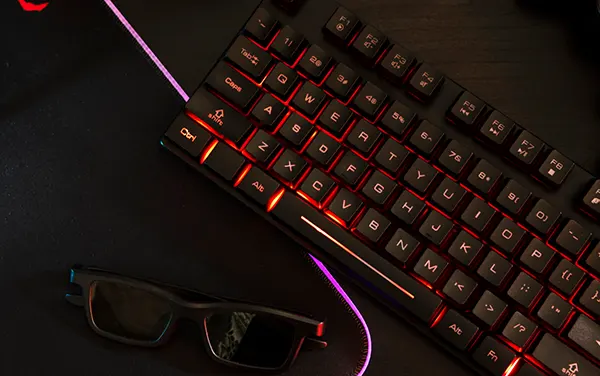 How Foot Keyboards and Pedal Controllers A...
How Foot Keyboards and Pedal Controllers A...Foot-based input devices have moved from experimental …
-
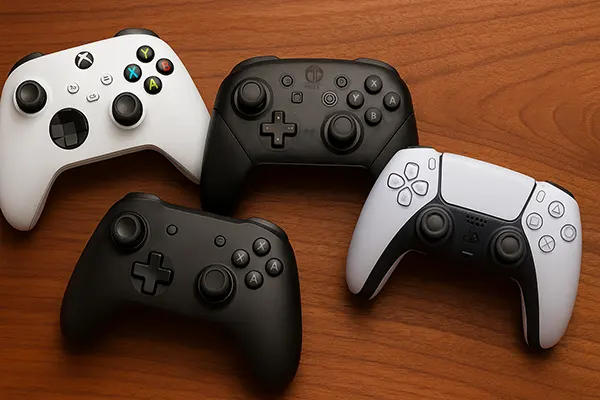 Evolution of PC and Console Controllers in...
Evolution of PC and Console Controllers in...The past two years have reshaped how …
